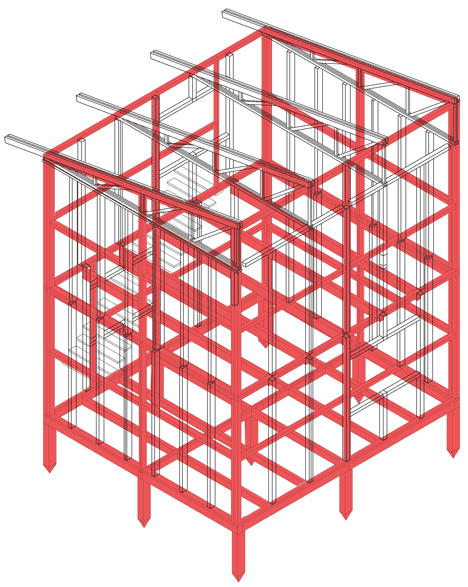Urban-Think Tank develops housing prototype for South African slums
Design strategy collective Urban-Think Tank has designed and built a prototypical house as part of an initiative to improve housing conditions for slum dwellers in some of the 2700 informal settlements across South Africa (+ movie).
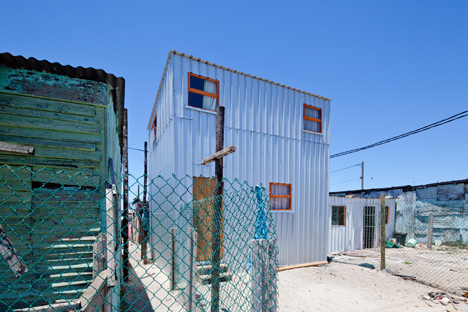
Urban-Think Tank, which was involved in the Golden Lion-winning research into the Torre David vertical slum in Caracas, has this time teamed up with ETH Zürich university to search for ways that architects can help improve the environment and security of these slums that house approximately 15 percent of the country's entire population.
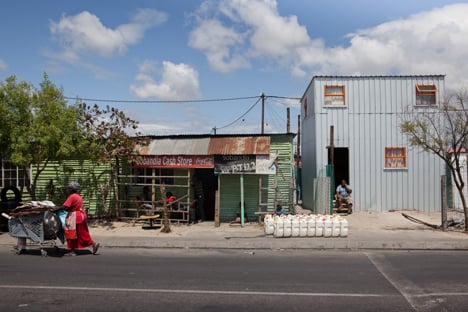
Working under the title Empower Shack, the team organised a design-and-build workshop in Khayelitsha, a township in Cape Town that is one of the largest in South Africa, and developed a design for a low-cost two-storey shack for local resident Phumezo Tsibanto and his family.
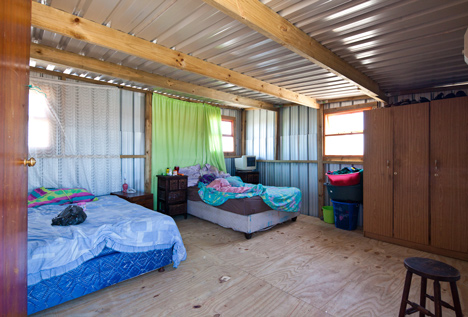
They then worked together to replace Tsibanto's existing single-storey dwelling with the new two-storey structure, giving the family a new home with a watertight exterior and its own electricity.
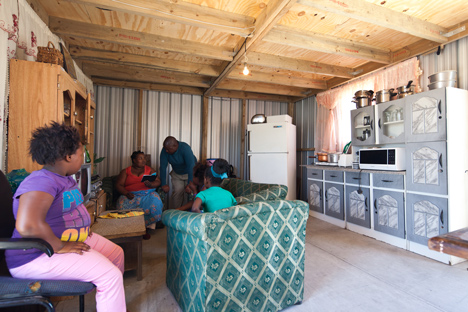
The designers are now exploring different configurations of the prototype that will allow it to adapt to the needs of different residents, extending up to three storeys when necessary.
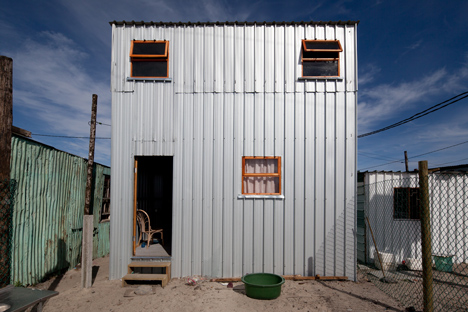
This in turn becomes part of a wider strategy for rationalising the layout of the entire community, known as blocking out. This involves creating access routes for emergency vehicles and providing basic services such as sanitation and water.
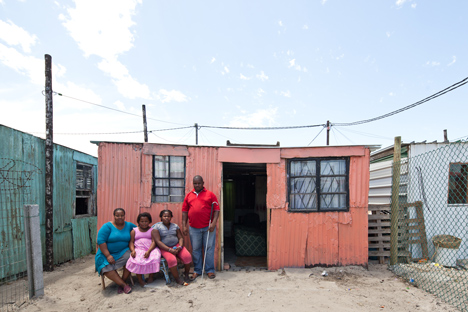
"Our work on the Empower Shack project is not the result of the usual architectural pursuit for a new housing typology," said Urban-Think Tank co-founder Alfredo Brillembourg. "While we are absolutely trying to innovate upon the design and technology of low-cost housing, we're more concerned with the general 'system' that surrounds housing in the context of informal South African settlements."
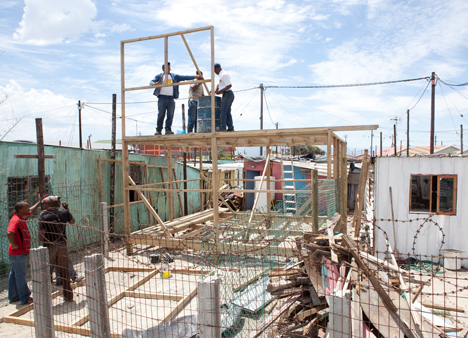
He continued: "This includes the infrastructure that makes housing decent, such as power and sanitation, along with the urban configuration of homes. The Empower Shack project seeks to address these larger challenges, and in doing so, hopefully changes not just the built landscape of places like Khayelitsha, but also the social, political and economic structures that shape residents' lives."
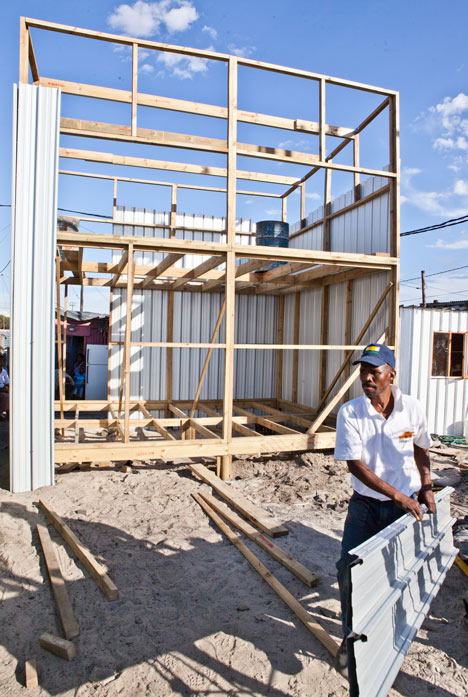
Brillembourg and partner Hubert Klumpner are now showing their findings from the two-year research in an exhibition at the Eva Presenhuber Gallery in Zurich.
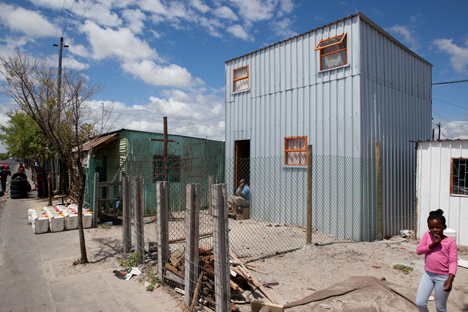
Here's a project description from Urban-Think Tank:
Empower Shack
Can art and architecture lend a voice to segments of the population that go unheard? Empower Shack is a new exhibition presenting an ETH Zürich and Urban-Think Tank project on South Africa, supported by Swisspearl (Schweiz) AG. A collaboration between the Brillembourg & Klumpner Chair of Architecture and Urban Design, South African NGO Ikhayalami ('My Home'), Transsolar, Brillembourg Ochoa Foundation, Meyer Burger, the BLOCK ETH ITA Research Group, and videocompany, the Empower Shack team was established as a response to conventional approaches in dealing with urban informality, which are unsustainable and painstakingly slow in meeting the immediate needs of the vast majority of South Africa's urban poor.
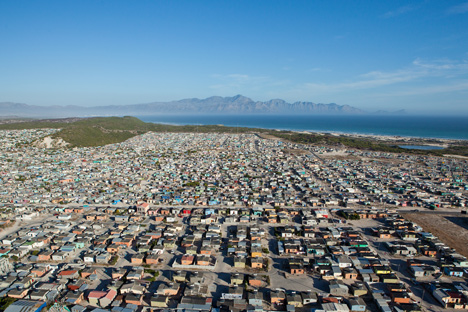
With its roots in a research, design and build workshop aimed at developing an innovative, replicable, affordable and sustainable shack prototype for Cape Town's Khayelitsha (the third largest township in South Africa), the exhibition uses film, photography, drawings, painting and large-scale architectural installations to explore the complexity of living conditions in informal settlements, and the social role of architects in helping to address the economic, ecological and security challenges faced by residents.
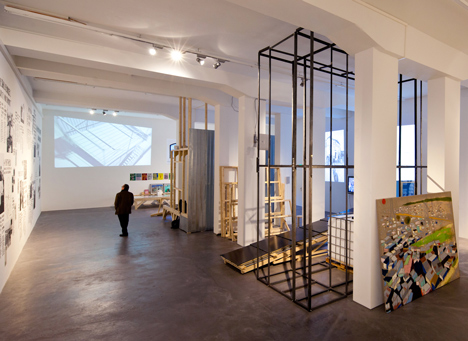
With a population of over 50 million and the continent's largest economy, South Africa is often seen as a source of relative stability and prosperity in the region. Yet economic inequality remains high. Around 1.5 million households (approximately 7.5 million people) live in 2,700 informal settlements scattered across the country, which faces an overall shortage of 2.5 million houses.
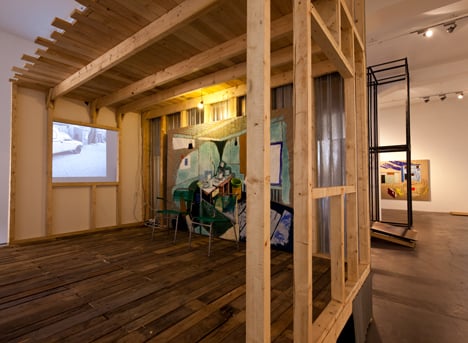
While the government's record on housing delivery is laudable, the scale of need means informal settlements will remain for the foreseeable future. In response, authorities have slowly begun shifting the focus to incremental upgrading, including committing in 2010 to improve the quality of life of 400,000 households in well located informal settlements by 2014 through improved access to basic services and land tenure.
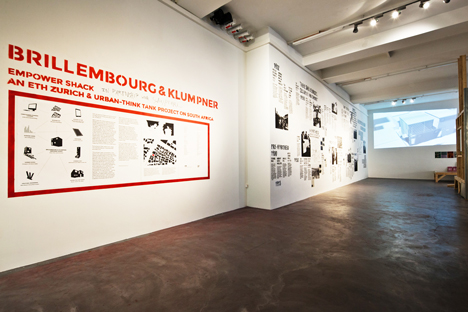
Alfredo Brillembourg and Hubert Klumpner, along with their research and design teams and collaborating partners are engaged in an ongoing project to develop and implement design innovations for rapid and incremental informal settlement upgrading.
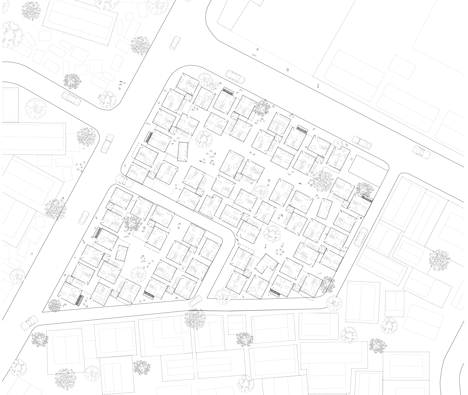
The examples featured in the Empower Shack exhibition are intended to provide immediate strategies to alleviate a national crisis, while remaining embedded within community-driven processes around resource allocation.

With Empower Shack, Brillembourg and Klumpner reinforce their broader vision for practical, sustainable interventions in informal settlements around the world. They argue the future of urban development lies in collaboration among architects, artists, private enterprise, and the global population of slum-dwellers.
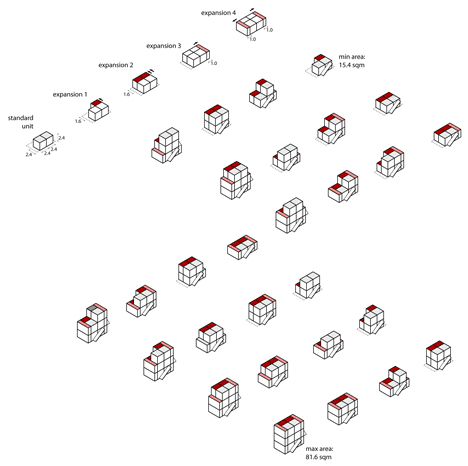
Brillembourg, Klumpner and their team frequently exhibit internationally in venues such as Kassel (2004), MoMA (2010) and the 13th Venice Biennale of Architecture, where they were awarded the Golden Lion in 2012. Through artistic and didactic presentations, they issue a call to arms to their fellow architects to see in the informal settlements of the world a potential for innovation and experimentation, with the goal of putting design in the service of a more equitable and sustainable future.
